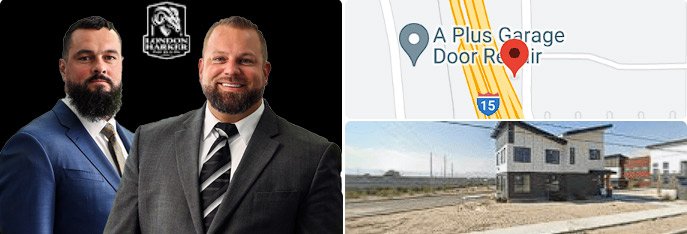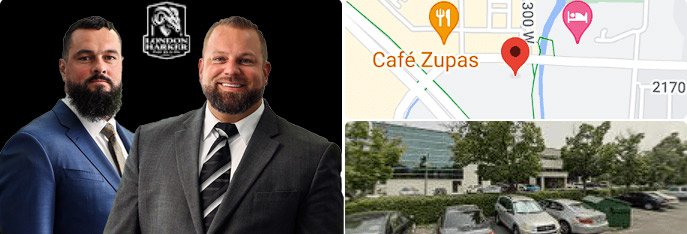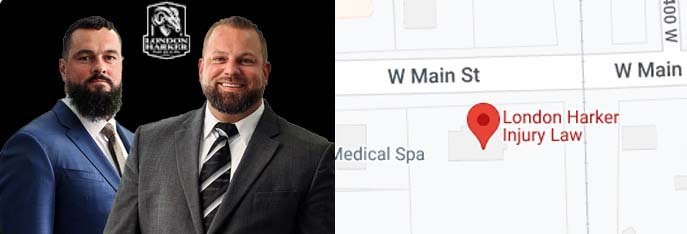Posted on Thursday, September 18th, 2025 at 2:13 am
If you just totaled your car, this guide explains how to calculate the actual cash value of a totaled car in Utah and use comps to negotiate
Insurance companies will usually pay you the Actual Cash Value (ACV) of your vehicle — not what you paid for it, and not what you still owe. Understanding how ACV is calculated, and learning to calculate it yourself, is the key to securing a fair settlement.
This guide breaks down the ACV process into clear, actionable steps so you know exactly what to do next. For a broader overview, see our companion post: Utah Totaled Vehicle: Actual Cash Value Explained.
What is Actual Cash Value (ACV)?
ACV is the market value of your car immediately before the accident. In formula form:
ACV = Replacement Cost – Depreciation
That number reflects mileage, age, wear and tear, condition, and local Utah market demand.
Key point: Utah insurers must also include sales tax and title fees in your payout if you buy a replacement vehicle.
Step-by-Step: How to Calculate Your Car’s ACV in Utah
Here’s a checklist you can use to estimate your own ACV before accepting an insurer’s offer.
Step 1: Research Comparable Listings
- Use Kelley Blue Book (KBB) and Edmunds to estimate value.
- Search Utah-specific dealership and private listings for similar vehicles (same year, make, model, trim, mileage, features).
- Check KSL Autos: Many Utah drivers post their vehicles on KSL Classifieds. These local comps often provide the most realistic snapshot of what your car is worth in Utah.
- Save screenshots or printouts to show your insurer.
Step 2: Evaluate Depreciation and Condition
- Note your car’s mileage and age (major factors in ACV).
- Gather pre-accident photos and repair receipts.
- Document cosmetic condition, rust, or wear-and-tear.
- Pull maintenance records to prove upkeep.
Step 3: Account for Features and Upgrades
- Make a list of factory options (sunroof, leather seats, premium package).
- Include aftermarket upgrades (new tires, custom wheels, stereo, engine work).
- Save receipts and photos as proof — insurers often overlook these.
Step 4: Run the Math
Example:
- Replacement cost for a similar car in Utah = $20,000
- Depreciation (age, mileage, wear) = $7,000
- Your ACV = $13,000
ACV vs. Replacement Cost
- ACV = depreciated value (what your car was worth right before the accident).
- Replacement Cost = what it would take to buy a new version today.
If your loan balance is higher than ACV, GAP insurance can cover the difference.
How to Negotiate with Insurance Companies in Utah
Insurers often make an initial offer 10–20% below true market value. Here’s how to push back:
- Gather your evidence: Present comparable listings, receipts, photos, and maintenance records.
- Talk to the adjuster: Be clear about features or upgrades they may have missed.
- Request an independent appraisal: $200–$400, but often pays for itself with a higher settlement.
- Escalate if needed: File a complaint with the Utah Insurance Department if you feel the process is unfair.
Negotiation Script Example:
“Based on comparable vehicles currently for sale in Utah, plus my documented maintenance and recent upgrades, I believe my car’s fair value is closer to $XX,XXX. Here are the listings and receipts supporting that number. Can we revisit your calculation?”
Other Utah-Specific Factors That Affect Your Payout
- Deductible: Subtracted from ACV unless you claim through the at-fault driver’s insurer.
- Taxes & Title Fees: Required by Utah Code § 31A-22-321.
- Rental Car Coverage: Available until a fair settlement is made. See also what not to say to insurance after a Utah car crash.
- Salvage Title: If you keep your car, it must be reissued with a salvage title (Utah Code § 41-1a-101).
- Statute of Limitations: Property damage claims must be filed within 3 years.
Quick Checklist: Calculating Your ACV
- [ ] Research local comparable sales (KBB, Edmunds, KSL Autos)
- [ ] Document mileage, age, condition, and repairs
- [ ] List features and upgrades with receipts
- [ ] Estimate depreciation
- [ ] Run the ACV formula
- [ ] Negotiate with insurer using evidence
- [ ] Consider independent appraisal if needed
FAQs: Totaled Vehicle Value in Utah
Does Utah require insurers to pay sales tax on ACV settlements?
Yes. Under Utah Code § 31A-22-321, insurers must include sales tax and title fees when paying for a replacement vehicle.
Can I keep my totaled car in Utah?
Yes, but it will receive a salvage title through the Utah DMV. This usually reduces your payout from the insurer.
How long do I have to file a claim for property damage in Utah?
You have up to three years from the date of the accident to file a property damage claim (Utah Code § 78B-2-305).
What if I owe more than the ACV payout?
If your car loan is higher than the ACV settlement, GAP insurance can cover the difference. Without GAP coverage, you may still owe your lender.
Do I have to accept the insurance company’s first offer?
No. You can negotiate, present evidence, request an independent appraisal, or file a complaint with the Utah Insurance Department.
Where’s the best place to find comparable cars in Utah?
National tools like KBB and Edmunds are helpful, but for local accuracy, check KSL Autos. Many Utah drivers use KSL Classifieds to sell cars, and insurers often look at those comps too.
Final Thoughts
Knowing how to calculate the Actual Cash Value of your totaled vehicle in Utah puts you in control of the claims process. Instead of relying on the insurance company’s first offer, you can back your position with evidence, data, and Utah law.
If you’re struggling to get a fair payout, the team at London Harker Injury Law can step in, negotiate with insurers, and protect your financial recovery.
Need help after your car accident? Contact us today for a free consultation.



